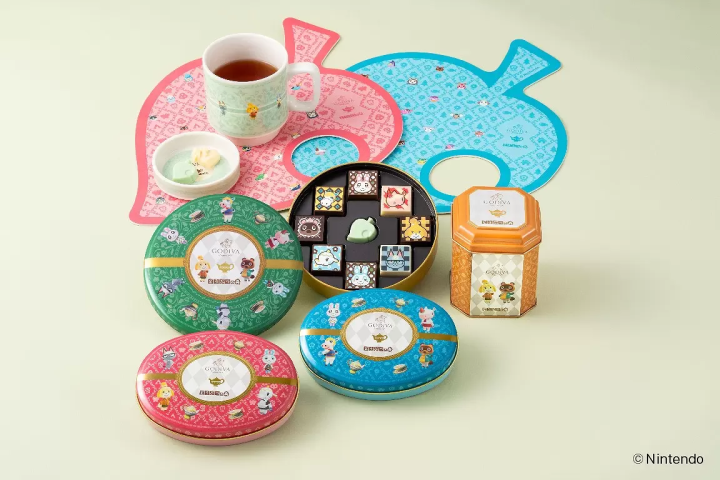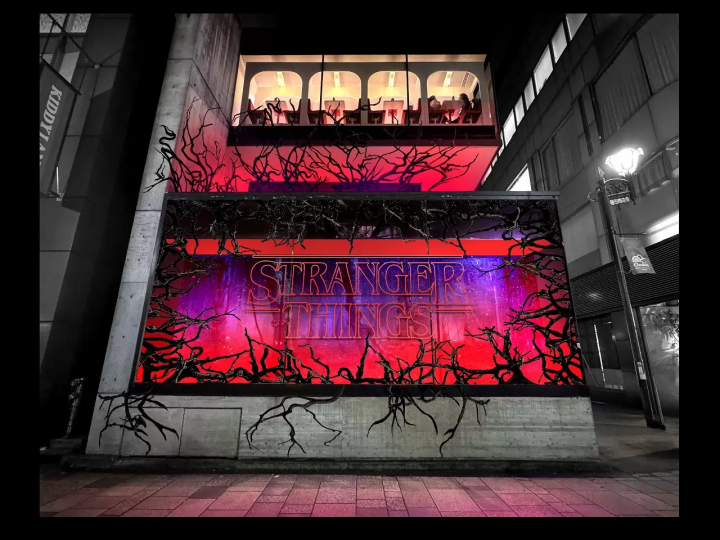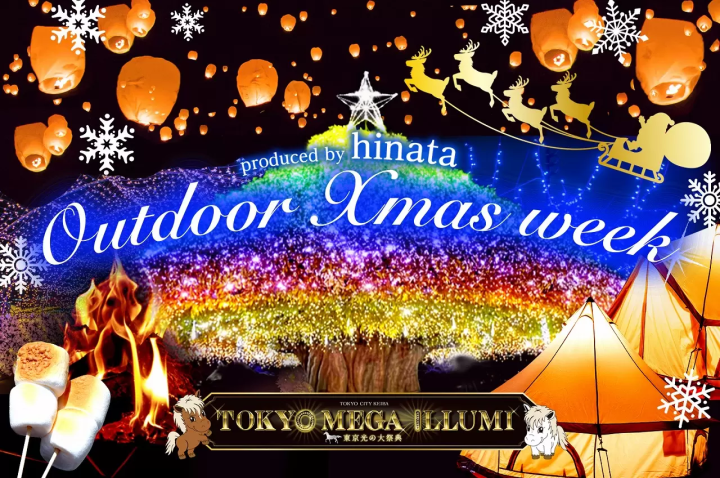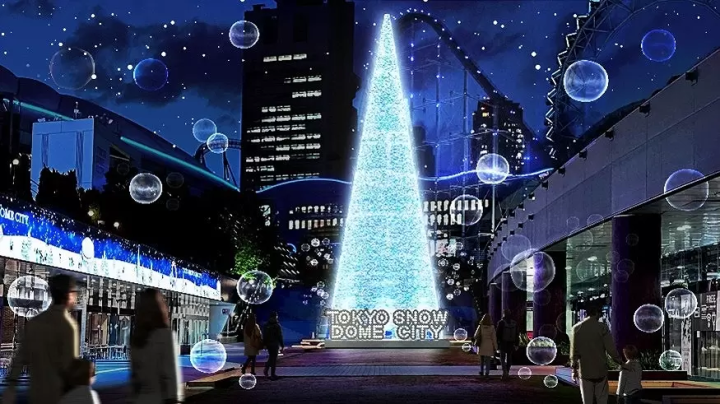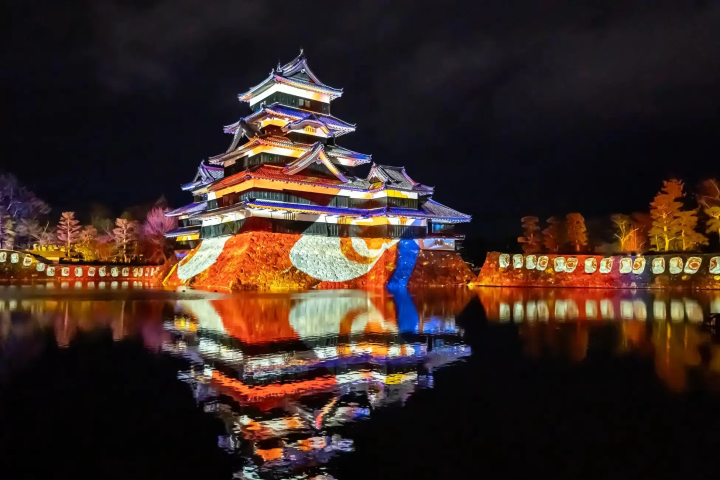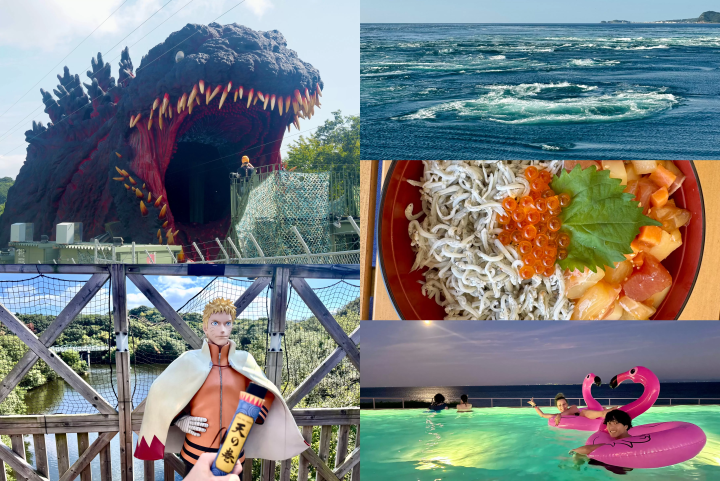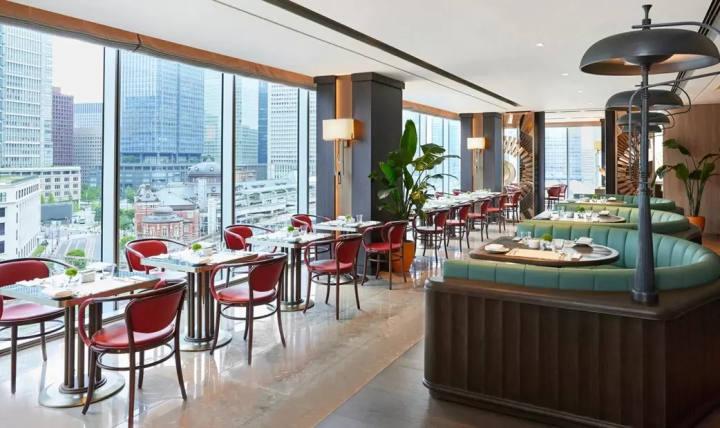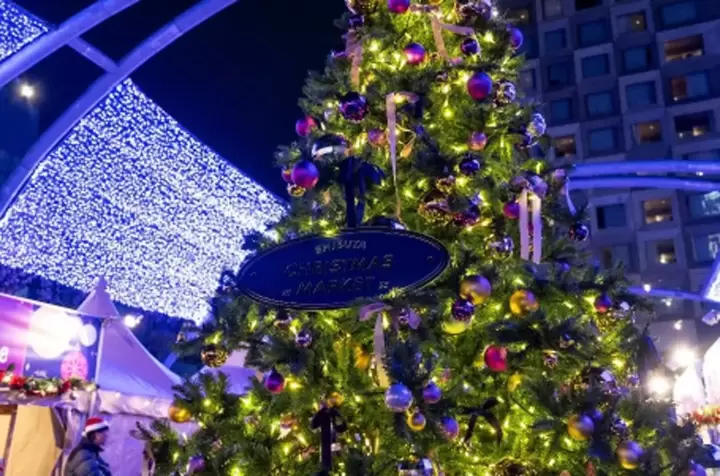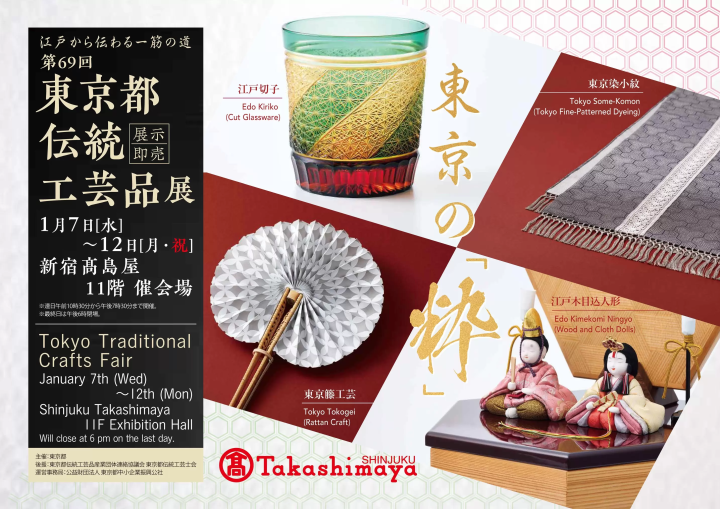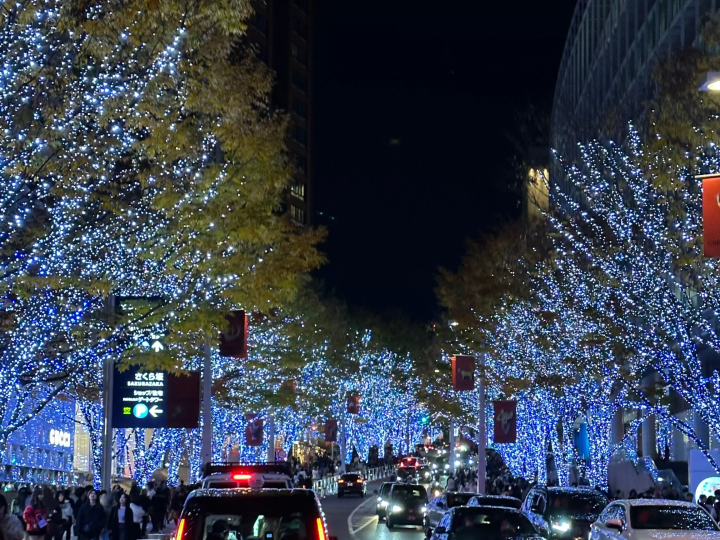Experience Life In Kameoka, Kyoto: 5 Spots To See In A Castle Town

We will introduce spots to stroll about in the H Shopping District of Kameoka, Kyoto. Most of the stores have a warm ambience familiar to local residents. Please enjoy sightseeing Kyoto in a slightly different way by experiencing life in Kameoka.
Five Recommended Spots In The H Shopping District
1. Makekirai Inari: Pray for Winning Luck!
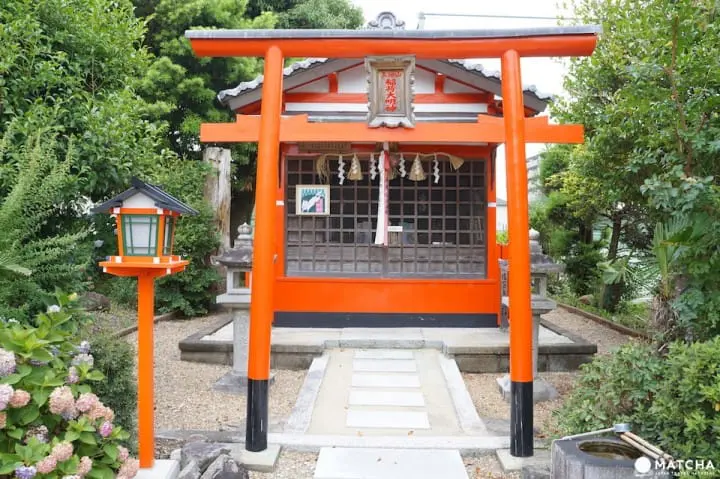
Ojiyama Inari Shrine is what you will find on the way towards the shopping district. It is nicknamed Makekirai Inari.
This is the Inari that was treasured by Nobumine Matsudaira, a man who once governed this area. The origin of the name “Makekirai Inari” comes from the sumo tournaments of opposing han (*2) that had been held every year.
At the time, the sumo wrestler that served the feudal lord of this area did nothing but lose in the tournaments. However, it has been said that one day a personification of Inari appeared as a sumo wrestler and took successive victories.
The feudal lord was overjoyed and the aid of the god of victory has been passed down here ever since, despite it being a small wayside shrine.
*2 Han: a regional division in the Edo period. The territories and organizations that a specific lord governed over.
2. Sakai Shokudo: Loved by Locals for 60 Years

Sakai Shokudo was established in 1958. This restaurant has been known to those who live in the town for many years as the town dining hall. The recipe of the restaurant’s dashi (soup stock), made from kombu seaweed, katsuobushi (dried bonito flakes), and soy sauce, has not changed since its establishment.
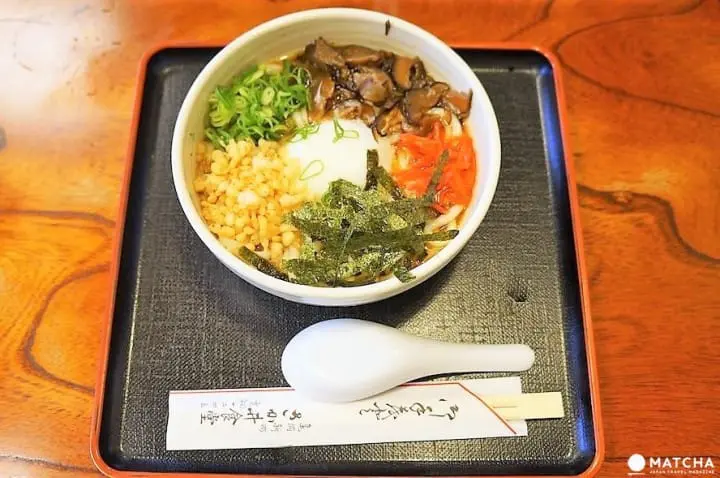
This is the Jokamachi Bukkake Udon (630 yen plus tax) where ingredients likened to the Chinese bellflower, what was once the kamon (*3) of Akechi Mitsuhide, are placed on top. The dish is topped with seaweed, tenkasu (*4), green onions, shiitake mushrooms, and red pickled ginger.
*3 Kamon: a crest handed down from one’s ancestors or household. It acted as a logo mark to distinguish one’s lineage and group affiliations.
*4 Tenkasu: the remaining batter from frying tempura.

Here is a dish with many fans, omurice (*5) (730 yen plus tax). It also comes as a set with miso soup. The color and shape of the densely packed ketchup rice is similar to the Australian World Heritage Site Ayers Rock and is popular with young people.
Other dishes include one that is associated with the previously introduced Makekirai Inari, the Inarizushi and Kitsune Udon Set (630 yen plus tax). It can be eaten every month only on the 17th.
*5 Omurice: a food dish that consists of rice fried together with ingredients such as chicken and vegetables, then covered with an egg. Ketchup is a standard rice seasoning.
3. Nishiwaki-sei Bread Poire: a Bread Shop Recommended by Locals

This bread shop has been in business since the Taisho period (1912-1926). It is located next to the previously introduced Sakai Shokudo.
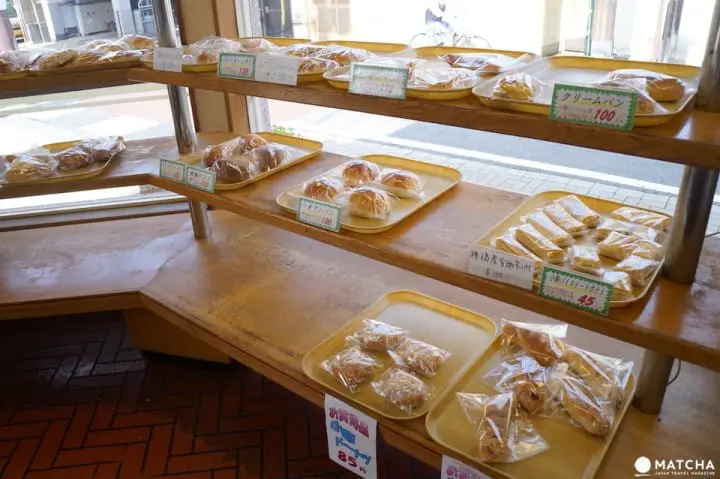
Inside, there are a selection of traditional breads like anpan (red bean bread; 108 yen plus tax) and cream breads (108 yen plus tax).
Nearby Nishiwaki-sei Bread Poire are elementary, junior high, and high schools, which means that the breads here are ones that the residents have grown up on.
A café was opened by locals who grew up eating the bread from Nishiwaki-sei Bread Poire and its menu uses loaves from the shop. You can easily tell from this just how much this shop continues to be loved by the locals.
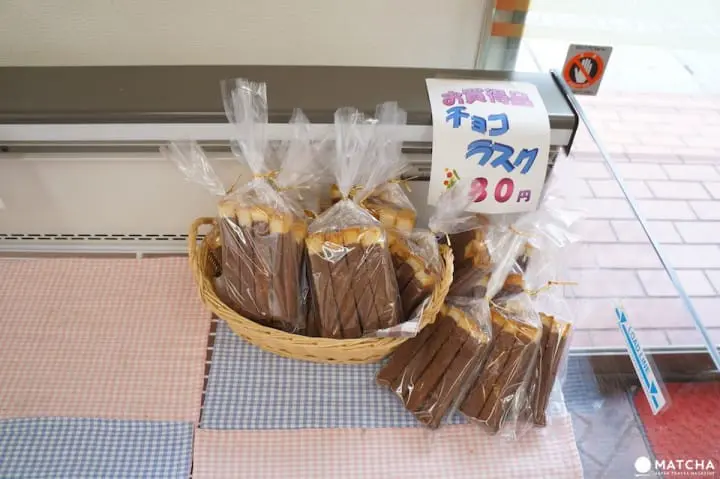
Here is the recommended Choco Rusk (108 yen plus tax). It is perfect together with a stroll through town. Inside, there is a dine-in corner with two seats, so it may even be nice to eat here during your break.
4. Kofu Ijiri: Closely Displayed Antique Kimonos & Cloths
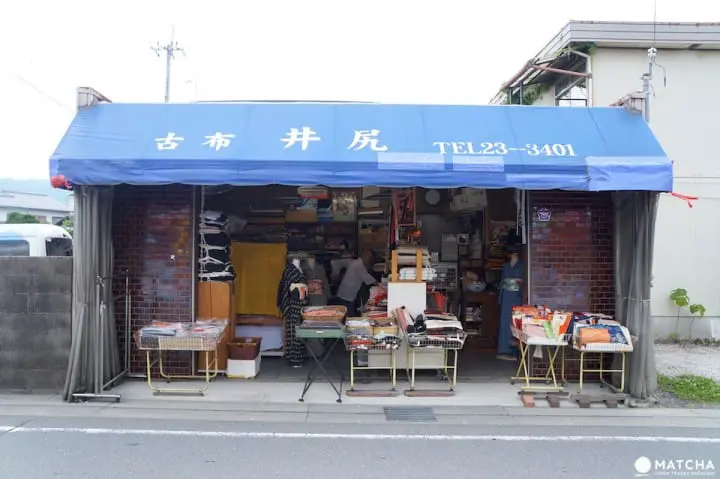
Kofu Ijiri was established in 1974. The inside of the shop is lined with used and new kimonos, obis (sash belt), small accessories, and cloth scraps. Among them are even products from the Meiji and Taisho periods.
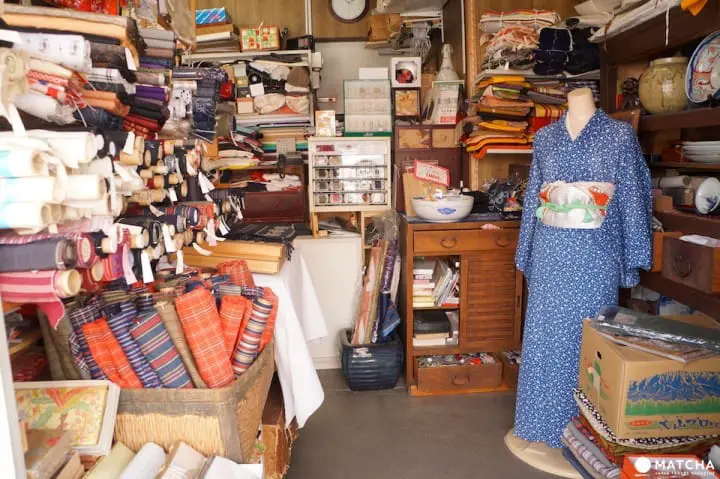
There are various kimono to fit certain occasions, such as for normal or tea ceremony usage, offered at reasonable prices. Additionally, there is also a very abundant variety of cloth scraps that are perfect for accessory-making sold here too.
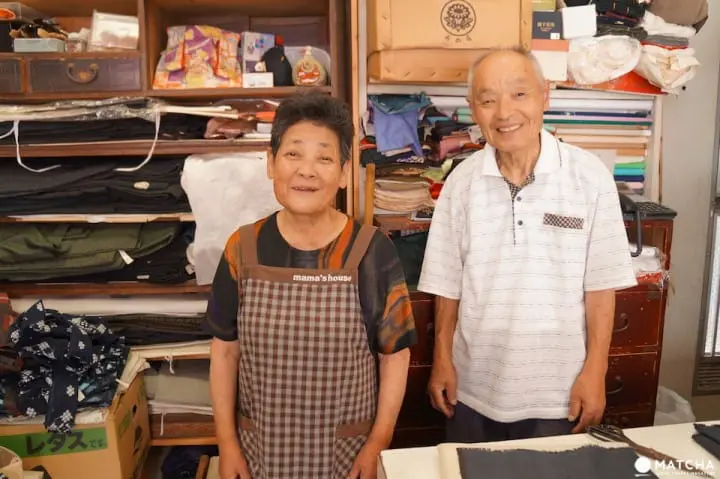
Tending to the shop are the Ijiri couple. The current manager of the shop is their son. They told us, “It is a small shop, so various kinds of products are on display. However, please come find your favorite item, as if you were treasure hunting, from the products at our shop.”
Definitely please visit to meet the one kimono or the one cloth just for you.
Kofu Ijiri also takes part in Tenjin-san’s Festival (Japanese) held every month on the 25th at Kitano Tenmangu Shrine in Kyoto. On this day, various shops that sell products such as ceramics or old kimonos will set up on the shrine road from 6:00 to around 21:00. It might even be a great idea for those who are interested in Japanese culture to try visiting the festival.
5. CAFÉTIME: a Specialty Shop with Delicious Coffee
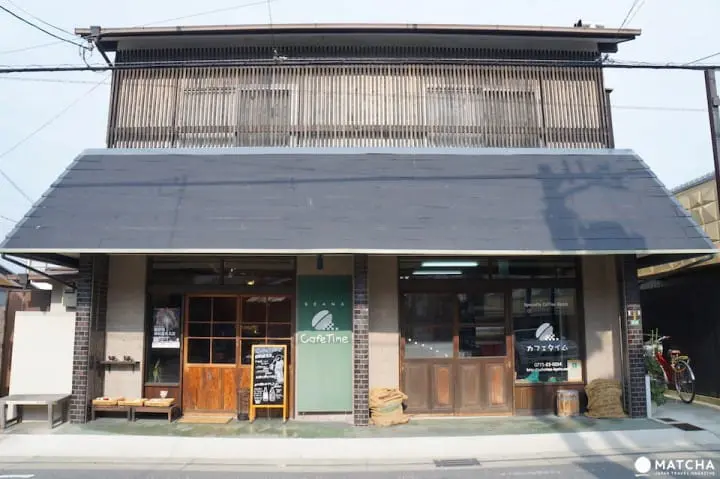
CAFÉTIME is a coffee bean specialty shop that purchases coffee beans, then roasts and sells it in their shop. Only coffee beans with particular quality are carried at the shop as the owner visits the coffee plantations herself and maintains communication with the farmers onsite.
The owner Ms. Itoi currently works as a judge at Cup of Excellence (Japanese). It is said to be the world’s strictest coffee competition.
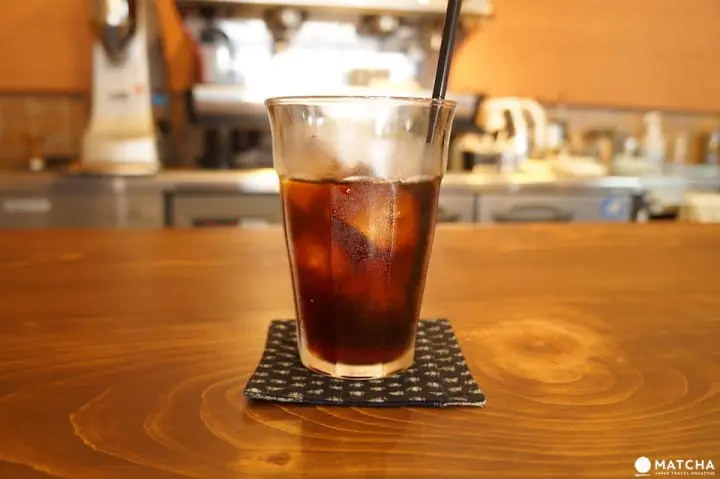
There is also a café area inside the shop where you can comfortably pass the time together with a mug or glass of delicious coffee.
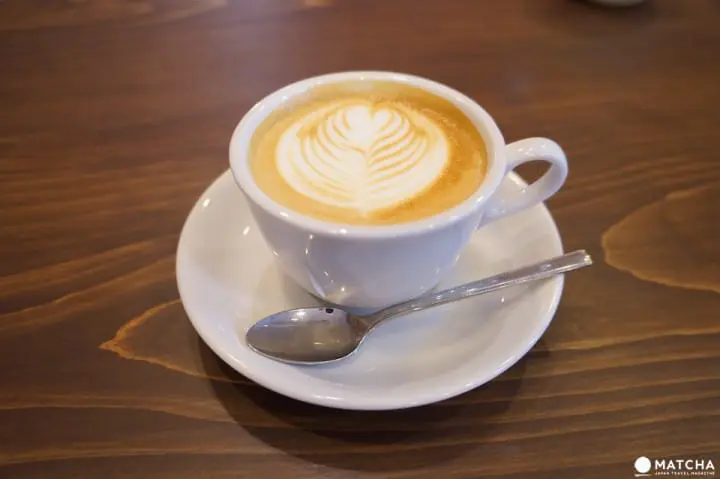
All of the drinks, from drip coffees, coffees made with a French press, and iced coffees to espressos and cappuccinos, are truly delicious. If you’re tired out from walking, why not try visiting here to take a short break?
Taking in a Modern Castle Town
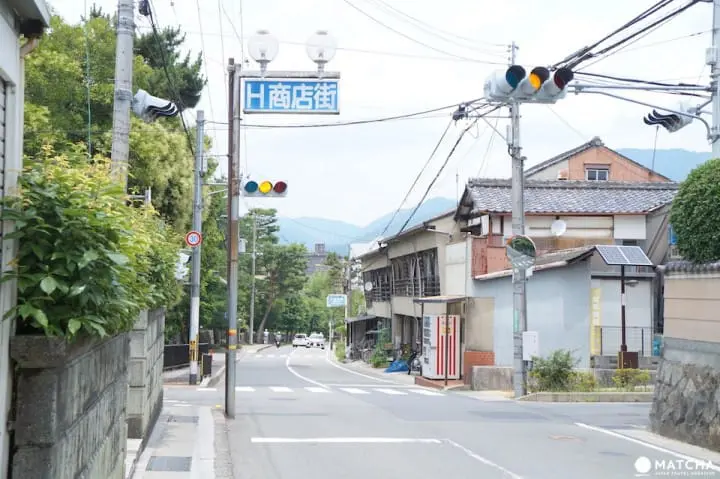
Kameoka may not be a so-called “sightseeing spot”, but it is a place where one can experience the life of its people that have been passed down since long ago.
How about enjoying a Kyoto trip that is slightly different from the usual at Kameoka?
Made in cooperation with: Participating stores of the H Shopping District (Sakai Shokudo, Nishiwaki-sei Bread Poire, Kofu Ijiri, CAFÉTIME Kameoka)
* This article contains information from September 2017.
Kyoto / Kameoka 「遠くて近い」を探りながら、肌で感じる面白さを綴っていきたいです。





























